This biography is based on an interview with Carol Shand, Claudia’s daughter, conducted in 2020 for the Early Medical Women of New Zealand Project and biographical material included in the family history, ‘Virtue Leads, Fortune Follows’, compiled and edited by Ann Green, Claudia’s daughter. Further resources are listed in the bibliography at the end of the biography.
1936 Graduate
Contents [hide]
The Early Days: Moving Overseas at Three
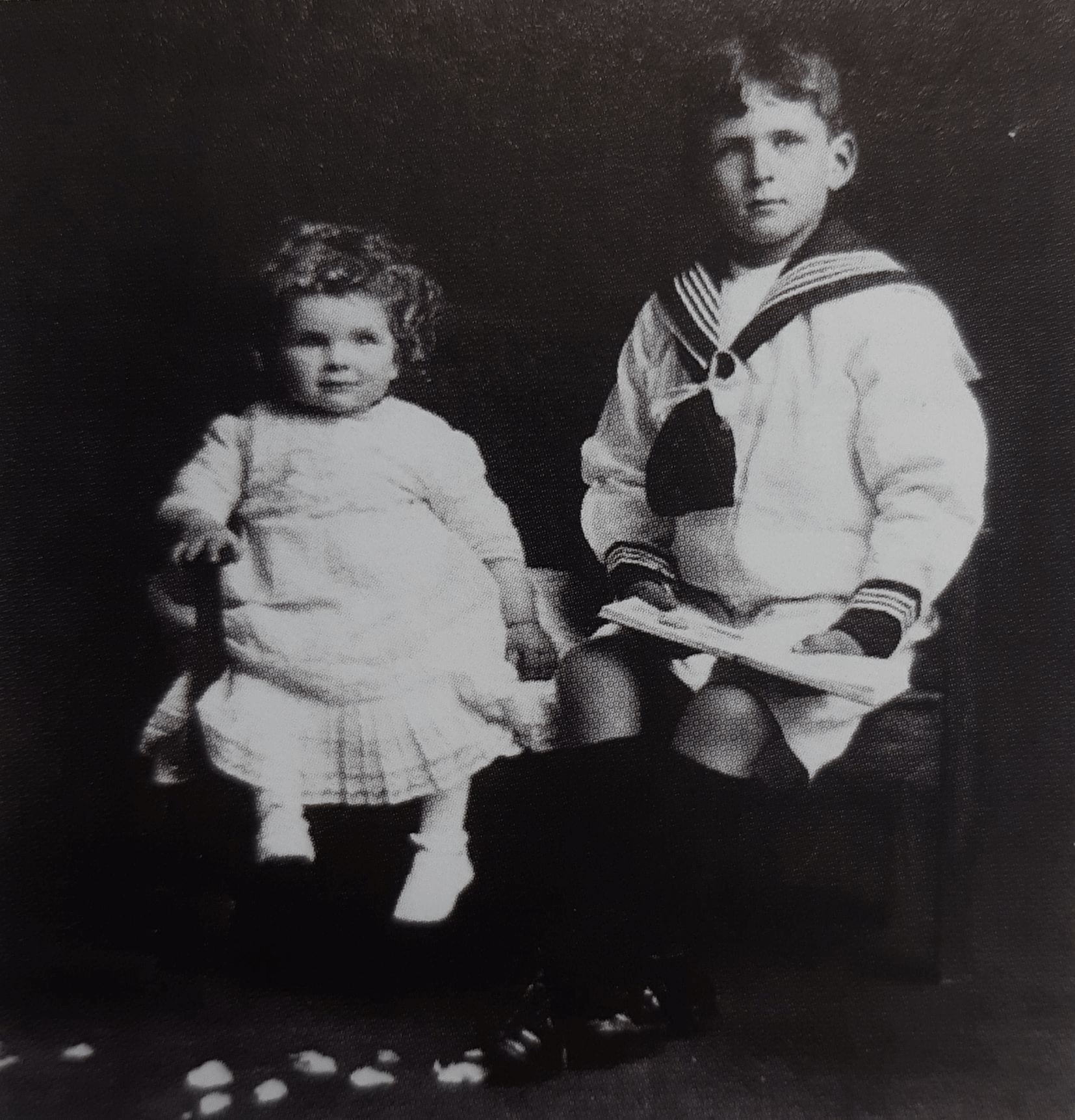
Claudia Lillian Weston was born in Taranaki, New Plymouth, on 25 June 1911 to Claude Horace Weston and Agnes Louisa (Lulu) Steuart. Both sides of her family originated from the United Kingdom. Lulu’s family came from Glasgow, Scotland, and her grandfather, Frederick Jeffray Steuart, the tenth child, moved to New Zealand to seek greater fortunes.[1] Her great grandfather on her paternal side, John James Weston, moved to New Plymouth from London with his wife and five sons in October 1850.[2] Ann Green, Claudia’s fourth child and editor of the family history ‘Virtue Leads, Fortune Follows’, wrote that Claudia “came from a very interesting family in which education and serving the community were extremely important values.”[3] John’s son Thomas Shailer Weston, who was Claudia’s grandfather, was a barrister and solicitor of the Supreme Court, a district court judge, Crown Prosecutor, member of the House of Representatives (M.P.), and had great involvement in public service, “particularly in educational matters.”[4] Thomas’ brother, Henry, was the sole proprietor of the Taranaki Herald. Four of Thomas’ five surviving children followed in the same profession as he, law.[5] Interestingly, Walter, another of Thomas’ sons, took over the Taranaki Herald from his uncle, Henry.
Claudia’s father was no exception. Claude was the ninth and last child, born in 1879 in Hokitika, and was educated at Christ’s College. He studied law at Canterbury University and then set up a legal practice in New Plymouth.[6]
Claudia was the third child born to Claude and Lulu, one son dying as a small child. The family lived initially in New Plymouth.[7] At the outbreak of the war in 1914, Claude enlisted in the Wellington Regiment and fought in Gallipoli, Egypt and Europe. Lulu followed Claude to England and worked for an organisation that assisted and raised funds for hospitalised troops who had no family in England. Henry, the eldest child, and Claudia were sent to Australia to live with their Steuart grandmother during this time and later lived with Lulu’s sister and her husband Walter Weston and their family in New Plymouth.[8]
After the war, they returned to New Plymouth, Claude taking over from his father as Crown Prosecutor.[9] In 1934 he was appointed King’s Counsel, and they all moved to Auckland and later to Wellington. Claude was “an extremely hard worker“, a characteristic that carried through to his children.[10]
The Weston family came originally from Meonstoke, a village in the south of England. When Claude bought a farm just south of New Plymouth, he called it Meonstoke, and he bred Jersey cows, one of the leading breeds in the Taranaki.[11] The farm was a gathering place for family holidays. Carol’s first name was Meon, and she remembers several visits there in the early 1940s.
The School Days: Woodford House, Intermediate Year, and Medical School
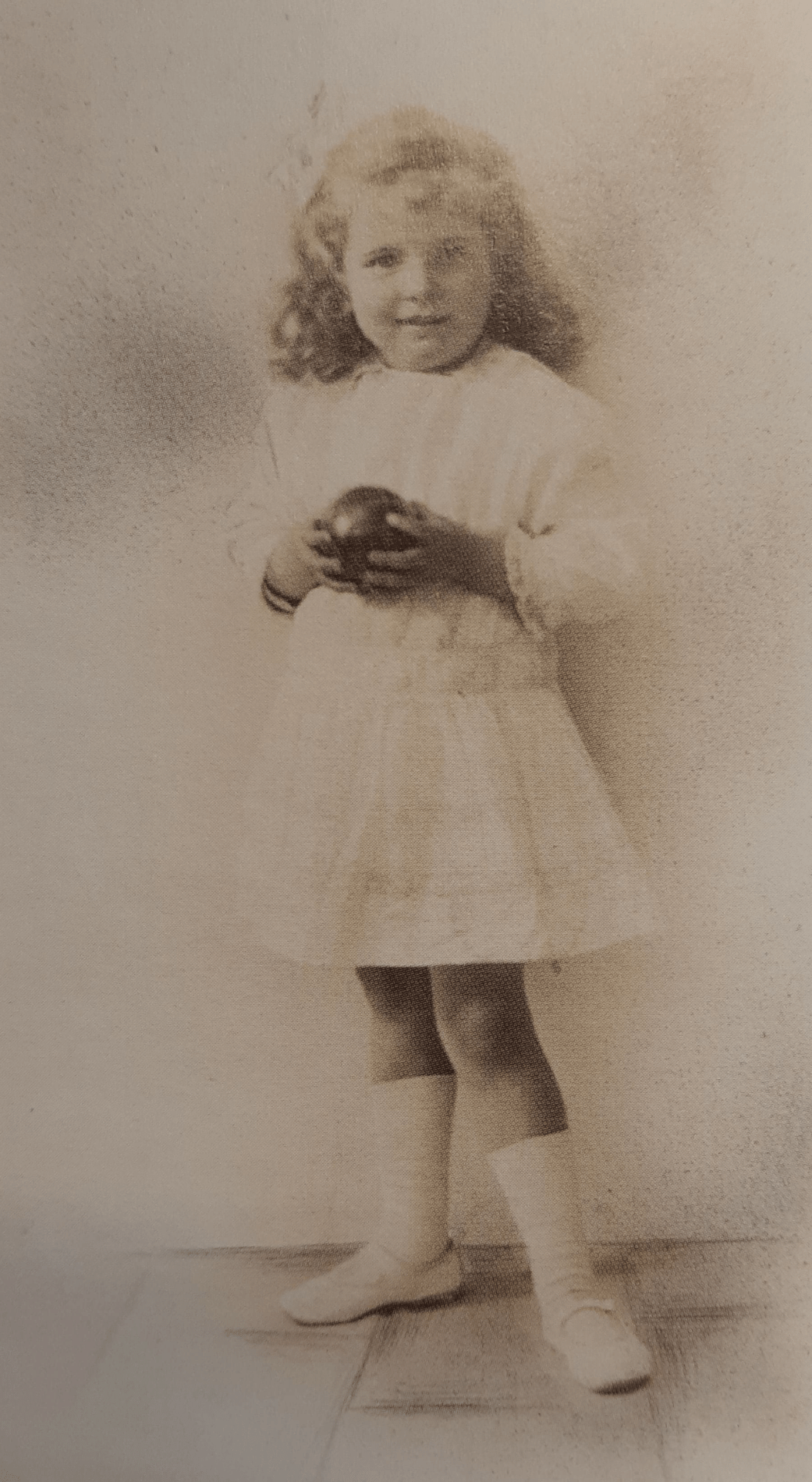
Claudia attended Woodford House in Hawke’s Bay for her secondary schooling.[12] Like much education for girls at that time, the education she received was limited in its science teaching. Despite this, Claudia decided to enrol in Otago Medical School. As with most women, getting accepted to Medical School was relatively difficult and more so because of her inadequate knowledge of science.[13] However, her parents were extremely supportive of her decision to become a doctor, and her mother decided to personally visit the Dean in the hope that she could gain her daughter a position. She told the Dean, “my daughter’s a remarkable person, but they didn’t teach any science at her school, but she’ll cope.“[14] Miraculously, the Dean was persuaded, and Claudia began her intermediate year in 1931. Carol says, “this would be more easily understood by anybody who had met my grandmother” who later became a member of the New Zealand Upper House of Parliament – the Legislative Council.
Following the completion of her intermediate year, Claudia had no troubles with medical school. She completed her degree in 1936 without failing any papers.[15] She was a popular student and was remembered fondly by those who studied with her. Claudia maintained her sporting interests throughout her studies and represented Otago University in swimming.
“She was a popular student who enjoyed many outdoor interests such as skiing, swimming, tramping and camping. She won the Flanagan Cup, an open water swim at New Plymouth and represented Otago University at swimming. Family photo albums show her intrepidly skiing Mount Cook with friends. The family remembered her playing tennis at Beach Road changing her racquet from arm to arm quite an unusual sight. Those who studied with her remember her for her charm of manner, good humour and for her tolerant attitude towards the frailties of human nature, qualities which she kept through all her life.”[16]
Moving Around for Medical Work and Tom’s Parliamentary Career
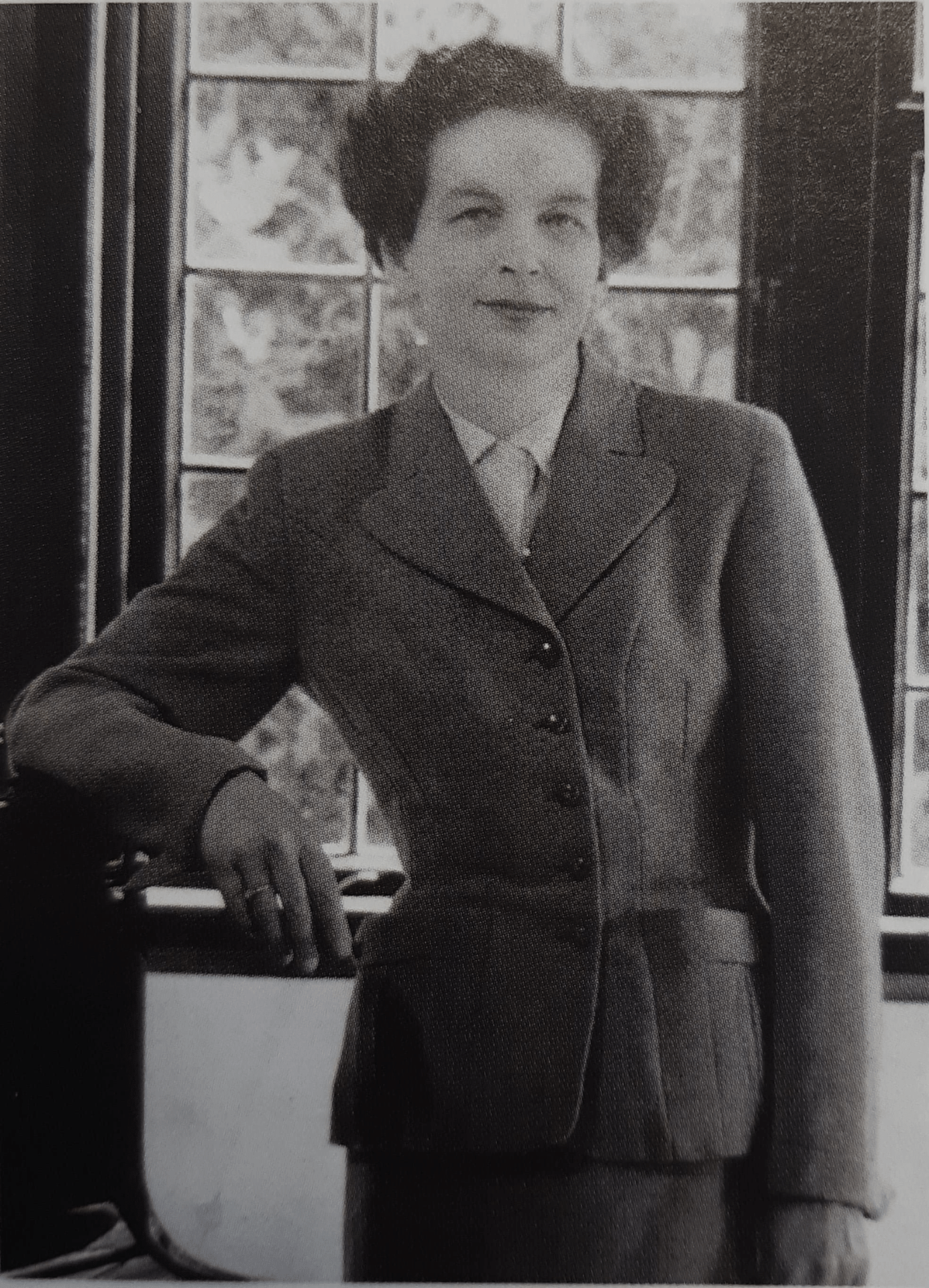
Claudia’s first position following her graduation was as a house surgeon in Auckland Public Hospital in 1937. However, she only held this position briefly as she married her husband Tom Shand on 8 February 1937 and the couple moved to the isolated Seaward Valley station north of Kaikoura.[17] The two had met at a university tournament when she was swimming for Otago and he was boxing for Canterbury. Claudia gave birth to two children before the outbreak of the war in 1939: Antony (Andy) in 1937 and Meon Carolyn (Carol) in 1939. Claudia was “not prepared to just be a high-country farmer’s wife” and found medical work.[18] While Tom worked as a sheep farmer, several days a week, Claudia would take the slow 20-mile commute to Kaikoura to assist in the local general practice and by giving anaesthetics. The road was rough, and she had to take the first seven miles by horse and gig. On one occasion, the horse, gig, and passengers were tipped over a bank, “including baby Andy in a kerosene box.”[19]
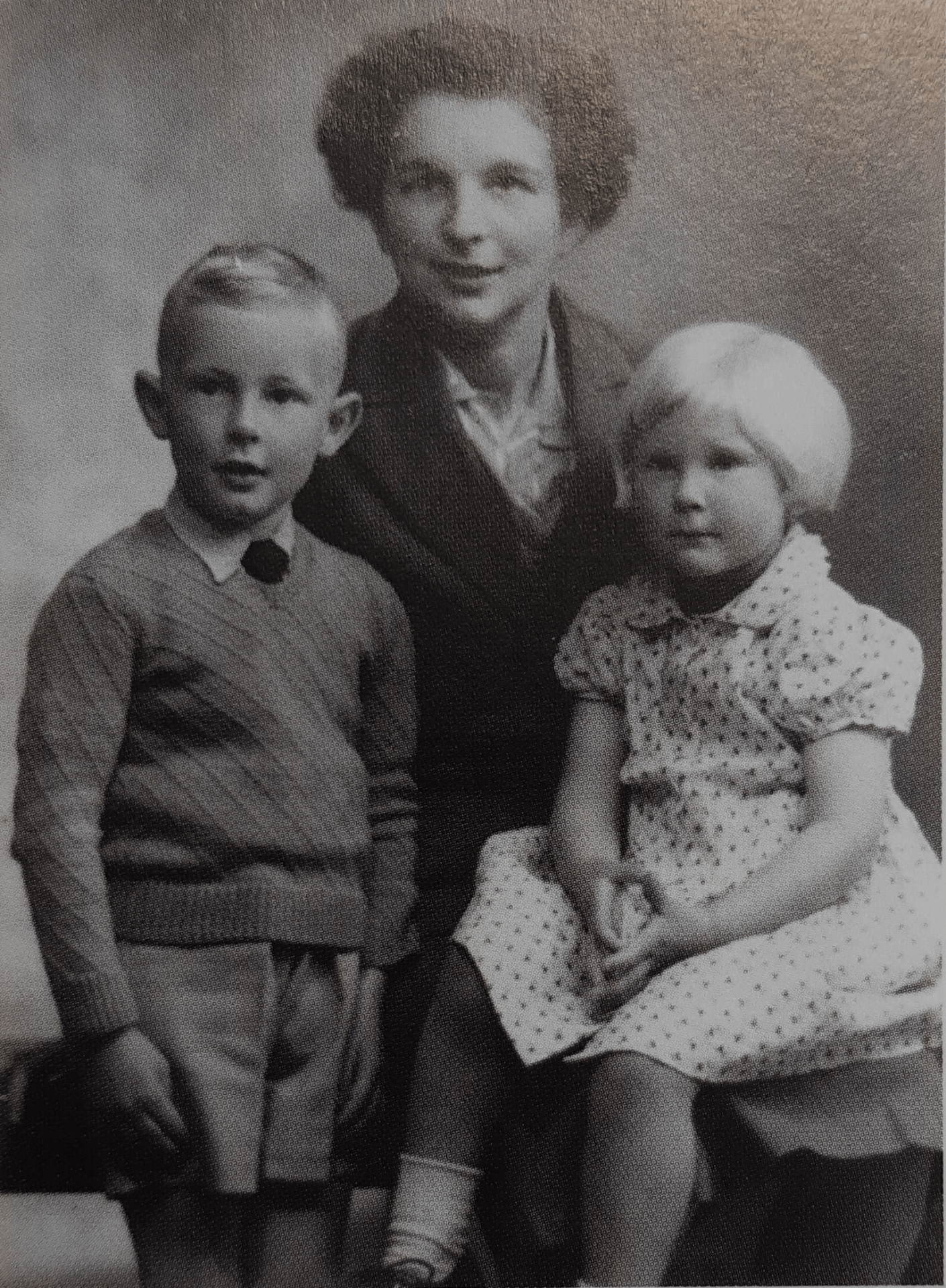
By 1941, farming, initially considered an essential occupation, was becoming less important as wool and meat could no longer be exported to England, so Tom enrolled in the air force. He was accepted to train in Rotorua in March 1942.[20] While he waited to be accepted, he completed his Batchelor’s degree at Canterbury University. In July 1941, Claudia started a four-month locum for a general practitioner in Cheviot and the surrounding area while she waited for an appointment as a House Surgeon in Wellington Hospital. She lived in accommodation attached to the local hospital where she delivered babies and had a daily general practice clinic. She was provided with a car so that she could travel to outlying farms to treat patients for farm accidents and serious illnesses. At this time, the two children were parked, partly with grandparents and partly with a carer in Wellington. In September 1941, Claudia was offered a live-in house surgeon position at Wellington Hospital starting in the Children’s Hospital, which she continued until the end of 1942.[21] Wellington Hospital records show her working as a relief anaesthetist in 1943.
From 1943 until 1946, Claudia shared rooms with Dr Charles Burns, a physician and cardiologist (later Sir Charles) and Dr Ralph Parke, a dermatologist in the lovely Tudor-style building on the corner of Ghuznee and Willis Streets, which still stands today.[22] She ran a general practice and gave anaesthetics at the Home of Compassion. Carol remembers her describing visiting a Chinese man in what she called an opium den in Haining Street and going with her on Saturday mornings to the Home of Compassion where the Nuns looked after Carol playing on the huge rocking horse while Claudia assessed her anaesthetic patients. She also remembers her often coming home stinking of ether.
So that she could work, the two children lived variously with their grandparents, a local nurse, briefly an orphanage and a weekly boarding school.[23]
In 1944, Claudia had her third child, Constance Jillian (Jill), and she took a flat in Upton Terrace off Tinakori Road, the two older children coming to live with her and attending school. In 1946 the family moved back to Kaikoura.[24] They bought a house on Beach Road and Claudia joined Dr Langtree Withers, whom she had previously assisted, in his general practice.
After active service flying in the Pacific, Tom was invalided out of the Air Force with deafness late in 1944.[25] He returned part-time to farming and completed a Diploma in Farm Management at Lincoln College. In late 1946 he stood for Parliament and was elected as the National Party candidate for Marlborough, a seat he held until his death in 1969.[26]
The period between 1946 and 1954 was extremely busy for Claudia as she was now looking after a family of four (Claudia Ann, (Ann) their fourth child was born in 1949).[27] During the Parliamentary terms, Tom was in Wellington every week from Tuesday to Friday night. Although there was still a manager on the farm, Tom kept close contact and the whole family would get involved in busy times like mustering and shearing. Claudia often attended functions in the district to support Tom, especially things like judging the annual AMP Show’s Plunket Baby contest.
Kaikoura had had a small cottage hospital since 1912 and a maternity unit attached to it since 1917. In 1941 both were enlarged. Dr Withers continued to perform surgery and Claudia to give the anaesthetics as she had started in 1938, but she was now a much more experienced anaesthetist. When Dr Withers retired, his practice was taken over by Dr Geoff Gordon, his nephew, and at that time Claudia shifted from the shared premises in town to the small rooms she had built behind the washhouse in Beach Road.[28] Claudia had a busy obstetric practice, and her daughter Carol still meets people who will say, “I was delivered by your mother“.[29]
Like many new young GPs, Claudia caught the childhood infectious diseases that she had previously avoided. Soon after Geoff Gordon came, she had chickenpox with pneumonia and was very ill. Carol remembers Claudia’s chest X-ray being used to teach the medical students about the typical X-ray changes of a chickenpox pneumonia in Wellington in the 1960s. Carol also remembers Tom having mumps with encephalitis as a complication.[30]
In 1948, the town had an epidemic of typhoid fever, found to be introduced through the town milk supply. There were over 100 cases and four deaths. Claudia’s daughter Jill caught typhoid.[31] She was so sick that Claudia would not allow her to be admitted to the hospital to the care of overworked nurses and her mother Lulu came from Wellington to help nurse Jill at home with an intravenous drip to rehydrate her. Carol remembers seeing it going in as a “cut-down” drip in her ankle.[32] When Jill was over the worst, she was admitted to the hospital for ongoing care. Tom, as M.P. for the district, used his influence to arrange for chloramphenicol (a newly discovered antibiotic, effective for typhoid fever and still used in 2021) to be flown in by the Air Force from England to treat the many Kaikoura patients.
Because Kaikoura was a fishing town, Claudia was often paid in gropers cheeks or crayfish tails by those who did not have a lot of money. “All the people did certainly treat her somewhat as a goddess. She was very popular and very well-liked.“[33]
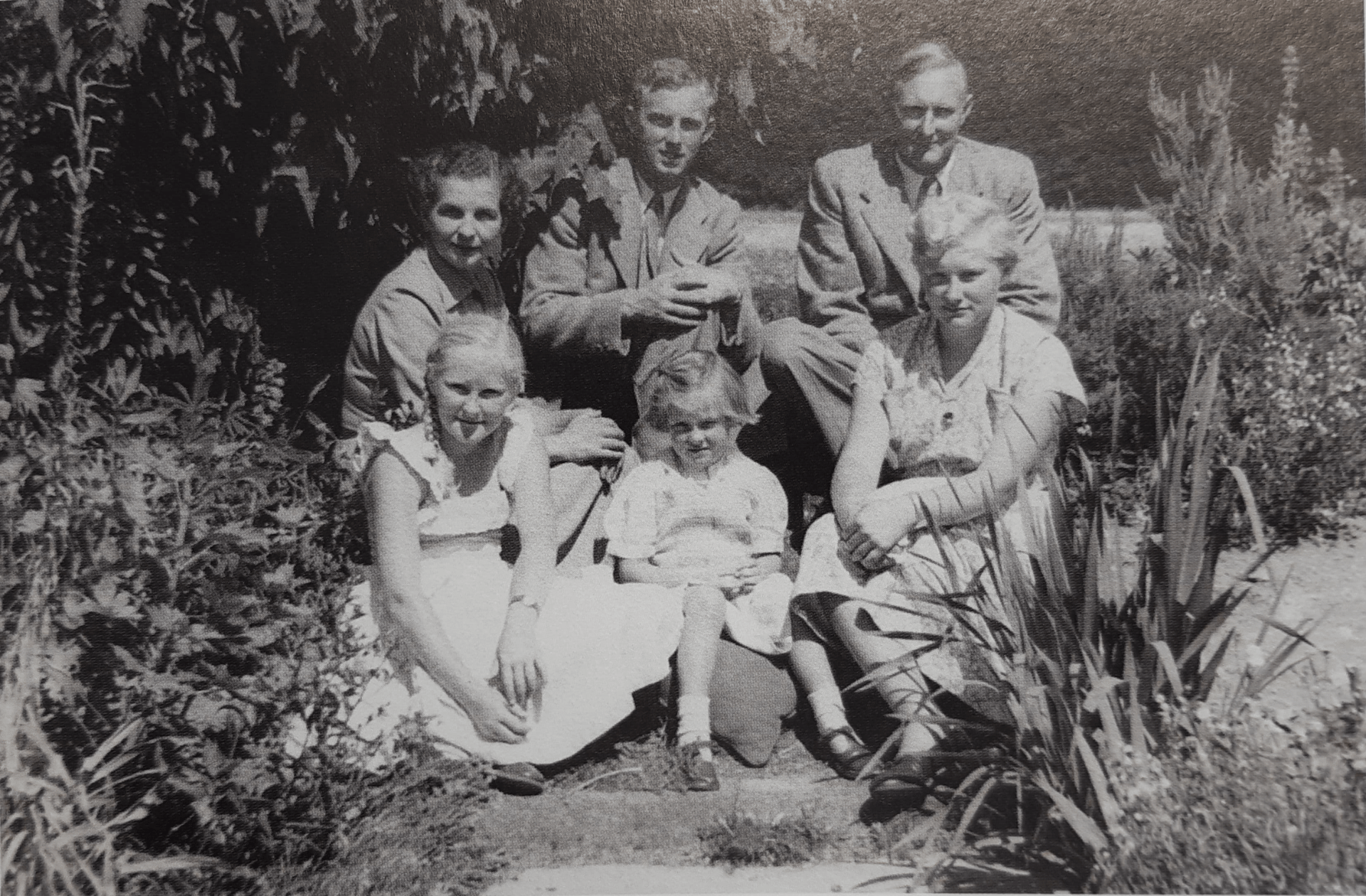
In 1954 Tom was appointed as a cabinet minister, prompting the family’s move to Kelburn, Wellington.
“Claudia devoted herself to his interests and career and he owed much to her patience, support and determination to help him become one of the best-known and most influential politicians of the post-war era.”[34]
In the period from 1957 to 1960, the National Party, of which Tom was a member, lost the 1957 election, so the family had to move out of their Government house in Upland Road. Claudia went back to work for this period, which provided the family with accommodation and income to continue educating the children. She did a locum for Dr Geoff Gordon in Kaikoura and another in Plimmerton and then took a job as a MOSS, a non-specialist physician, at Porirua Hospital, living in a house on the premises. The family lived in the house while Claudia worked there. Their home was “a separate building built as a training unit on the left as you go in. It had a sitting room, six bedrooms, a kitchen-dining room, and three more bedrooms all along the open veranda. It was designed by Sir Truby King and built with open drains. All the rooms had open vents. My mother got pleurisy; it was bitterly cold. floors were concrete.“[35] In 1960 they went back into the same house in Upland Road that they had lived in from 1954.
When Tom died in 1969, she had to move out again from the Government house and bought a house in Mallam Street in Karori, a hundred yards from where her daughter Carol was living with her family.[36] Jill, Ann and her husband stayed with her for a time before they left to go overseas. Having discovered one could buy a house with no actual cash next day, she purchased a property in Upland Road, Wellington, where she established a “family practice” with her daughter Carol and Carol’s husband, Erich Geiringer.[37]
Claudia was a social liberal and worked well with her daughter and son-in-law. She was fully supportive of providing contraceptive advice and the oral pill in general practice and supported a more liberal approach to abortion which was not then available in New Zealand. Claudia told her daughter Carol of her own “backstreet abortion” provided by the Christchurch chemist George Bettle.
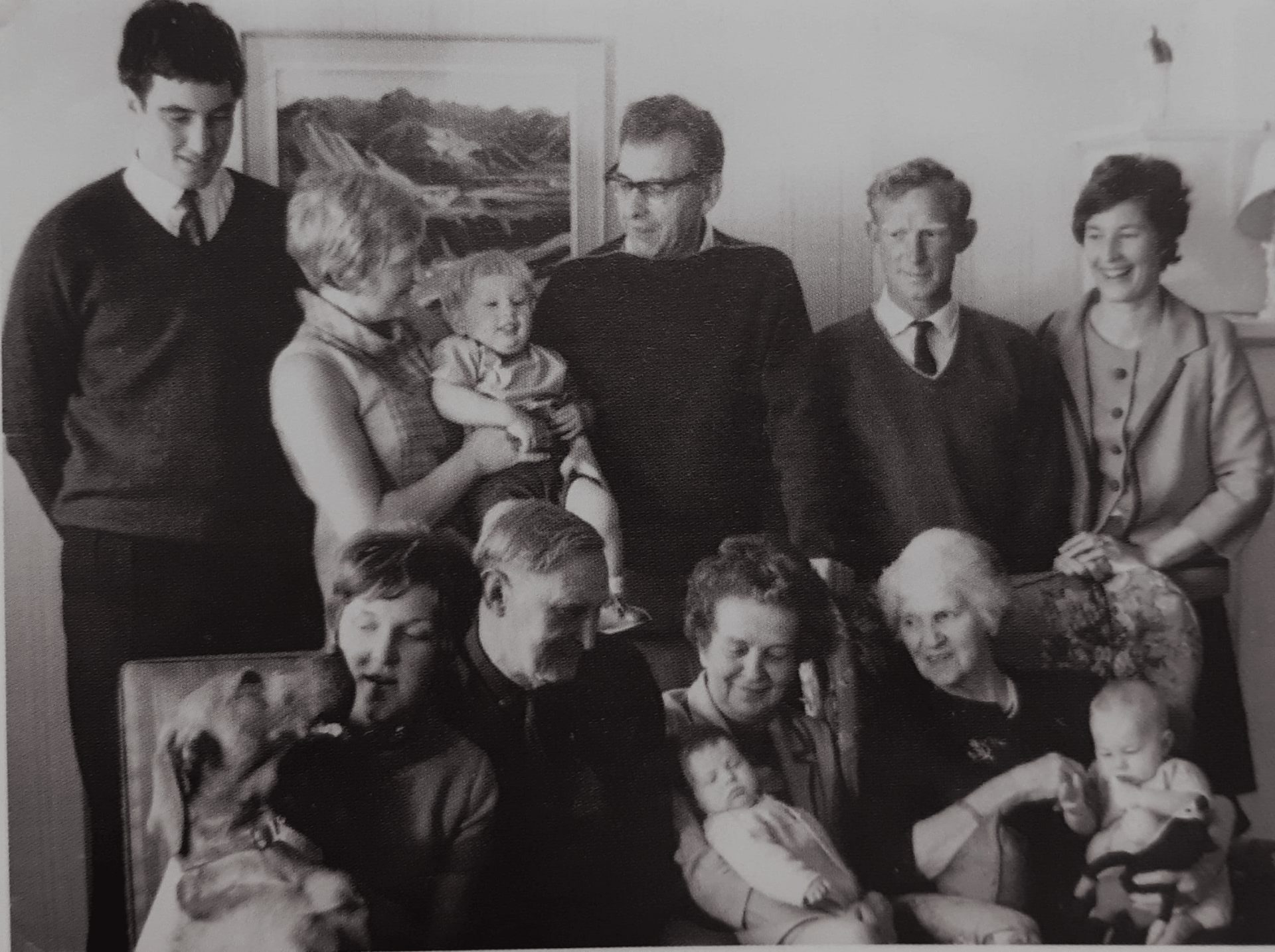
Life Outside of Medicine: Cooking, Gardening, and Marrying Again
Claudia’s dedication to her work was not solely confined to her medical career. She worked to improve her cooking skills and trying new ideas continually. When she first moved to Kaikoura in 1937, she allegedly had to ask the cowboy how to boil an egg. However, over the following years, she “learnt to roast mutton and rapidly acquired the skills of a farm wife. When she had time, she enjoyed her home-making.”[38] She was also a talented embroiderer, winning competitions in the local AMP Show, and she made most of the children’s clothes. “She took a tailoring course and made coats and suits and extended this to hatmaking in her days as a cabinet minister’s wife. She made her youngest daughter’s wedding dress. She also took up cabinet making for a short time.”[39]
Tom and Claudia both loved working in their garden, and they spent many hours cultivating various flowers and vegetables. Carol remembers that Claudia and Tom grew almost all their own vegetables for the family. These included asparagus, raspberries, strawberries, gooseberries, apples, and peaches. They also had chickens, which gave them more eggs than they could eat. When they could find the time, they played bridge with their friends and were active members of the Kaikoura Golf Club and later the Wellington Golf Club, where they would meet and play with friends. In Wellington, Claudia met with three friends on Monday afternoons for all her years in Kelburn. They would play rubber bridge and have an afternoon tea consisting of “sandwiches and a cake, biscuits, chocolate eclairs or some other delicacy from Edmond’s Sure to Rise Cookery Book.” [40] While Tom was a hard-working Cabinet Minister in Wellington, Claudia was very active as a politician’s wife, often entertaining, attending many functions and accompanying and supporting him in any way she could. Her medical career was temporarily put to one side.
Three years after Tom died, Claudia married Anthony Ian (Beau) Cottrell on 26 June 1972. His wife had died around the same time as Tom. He was an old family friend and had been their lawyer. The couple moved to Christchurch and bought a new smaller house together and spent time gardening, watching cricket, rugby and the Commonwealth Games and keeping in touch with their families and friends. Through this marriage, Claudia gained five new adult stepchildren whom she loved greatly.[41]
Claudia lived long enough to see five of her eleven grandchildren. Carol, in particular, much valued the help she gave when her children were babies and Claudia lived almost next door in Karori.
Death and Legacy
On 4 January 1974, after fifty years of heavy smoking, Claudia suffered a heart attack. Her cardiologist sent her to Auckland for bypass surgery, then in its infancy. However, Sir Brian Barret Boys refused to perform it. She travelled back to Christchurch and one week later died suddenly at 62 years of age. Geoff Gordon, her medical partner in Kaikoura, remembered her fondly, describing her as being always calm and collected.
“Her most endearing quality was her complete unflappability, no matter what time of day or night you needed her help. It was always given with the minimum of fuss. I always had a very high regard for Claudia. She was very easy to work with. Not a jealous thought in her head and completely loyal. The people here [Kaikoura] really liked her.”[42]
Claudia Lillian Shand is survived by her four children, Antony (Andy) Weston, Meon Carolyn, Constance Jillian, and Claudia Ann, and her many grandchildren.
Further Reading
Ann Green, Virtue Leads, Fortune Follows: A Short History of the Shand Family from Scotland to New Zealand, Rotorua, 2013.
Colonel Claude Horace Weston, Three Years with the New Zealanders, Auckland, 2014.
Citations
[1] Green, Ann. 2013. Virtue Leads, Fortune Follows : A Short History of the Shand Family from Scotland to New Zealand. Rotorua, New Zealand: Ann Green, p.239.
[2] Green 2013, p.233.
[3] Green 2013, p.233.
[4] Green 2013, p.233.
[5] Green 2013, p.234.
[6] Green 2013, p.234.
[7] Interview with Carol Shand; Green 2013, p.239.
[8] Interview with Carol Shand.
[9] Green 2013, p.234.
[10] Green 2013, p.238.
[11] Green 2013, p.234.
[12] Interview with Carol Shand.
[13] Green 2013, p.241.
[14] Interview with Carol Shand.
[15] Green 2013, p.241.
[16] Green 2013, p.241.
[17] Green 2013, p.241.
[18] Green 2013, p.241.
[19] Green 2013, p.241.
[20] Interview with Carol Shand; Green 2013, p.242.
[21] Interview with Carol Shand; Green 2013, p.242.
[22] Interview with Carol Shand; Green 2013, p.242.
[23] Green 2013, p.242.
[24] Green 2013, p.242.
[25] Interview with Carol Shand.
[26] Interview with Carol Shand.
[27] Green 2013, p.242.
[28] Interview with Carol Shand.
[29] Interview with Carol Shand.
[30] Interview with Carol Shand.
[31] Green 2013, p.242.
[32] Interview with Carol Shand.
[33] Interview with Carol Shand.
[34] Interview with Carol Shand; Green 2013, p.244.
[35] Interview with Carol Shand.
[36] Green 2013, p.244.
[37] Green 2013, p.244.
[38] Green 2013, p.241.
[39] Green 2013, p.244.
[40] Green 2013, p.244.
[41] Green 2013, p.244.
[42] Quoting Geoff Gordon from his book Rural Delivery: Tales of a Country G.P., Green 2013, p.244.
